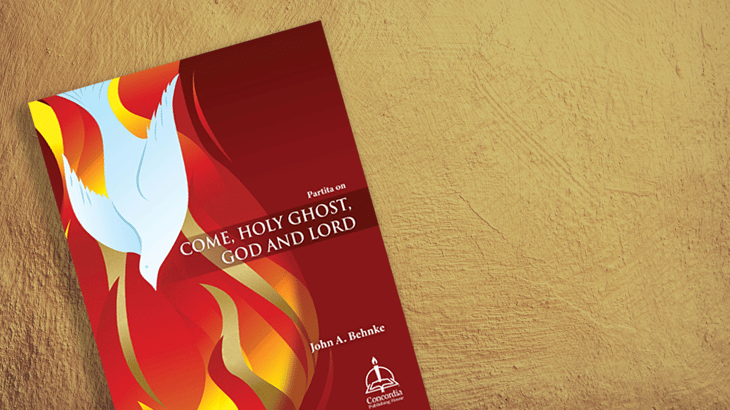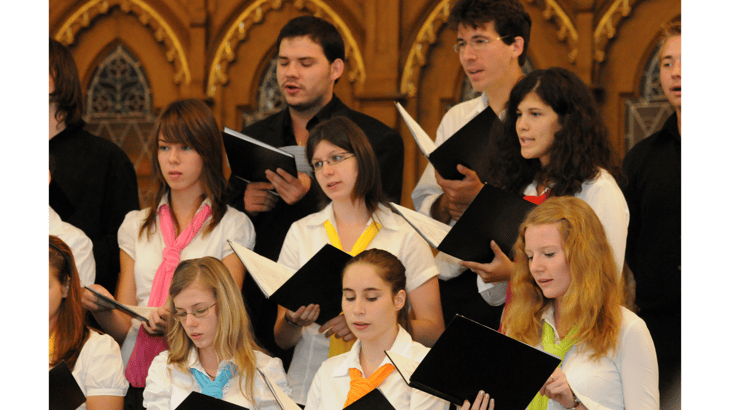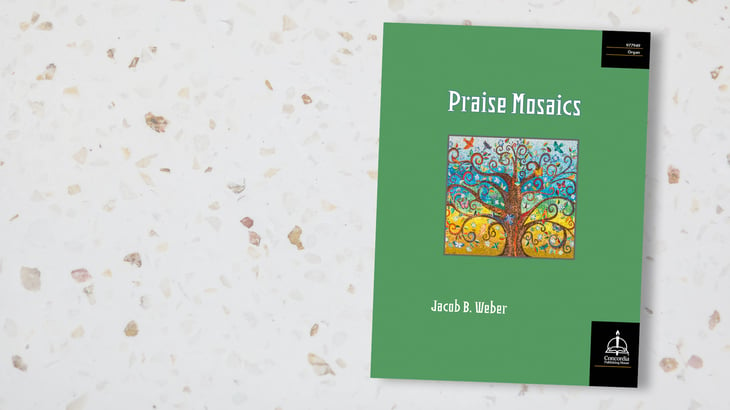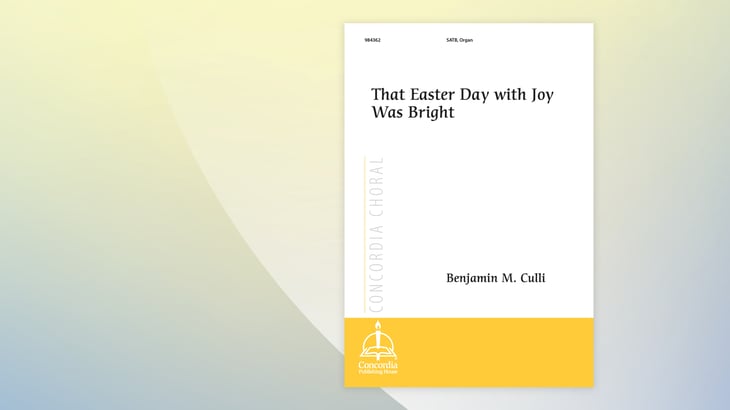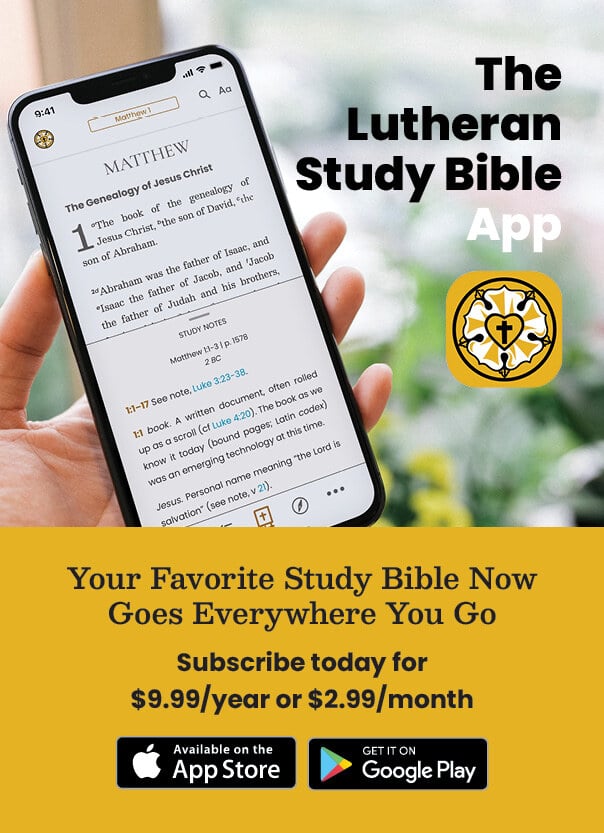Why We Should Sing Children’s Hymns
The best things in life can be enjoyed by children and adults. This especially includes the music of the Church—specifically, the hymns we sing.
Music of the Month: “Partita on Come, Holy Ghost, God and Lord”
John Behnke has composed a three-part partita on the hymn tune KOMM, HEILIGER GEIST, HERRE GOTT, a Reformation-era tune that accompanies Martin Luther’s Pentecost hymn “Come, Holy Ghost, God and Lord” (LSB 497). The partita contains three movements, one for each stanza of the hymn.
Fasting and Feasting on Music
I still remember my first Easter at my current church. In the lead up to that glorious day, we stopped singing the Gloria in Excelsis for Lent. As we drew closer to Good Friday, we stopped singing even more of the songs in the liturgy. Then, on Easter Sunday, after the pastor chanted “Glory be to God on high,” the entire congregation burst forth with “and on earth peace, goodwill toward men” like the music of the angels accompanied by an organ. The return of the Gloria provided great joy that Easter Sunday.
Music of the Month: Praise Mosaics
Jacob B. Weber continues his Mosaics series with six hymns of Praise and Adoration. Contents include a dance-like EARTH AND ALL STARS, a stately ENGELBERG, a majestic LAUDES DOMINI, two festive and versatile settings of LOBE DEN HERREN and SONG PRAISE, and a partita on UNSER HERRSCHER.
Ceremony in the Divine Service
“I was raised Catholic, but, I dunno. Mass is just … well, it’s so much ceremony.”
This was overheard at a recent get-together. You may have heard a similar sentiment directed at the Lutheran Divine Service and its faithful use of liturgy. It seems that ceremony can be a bit of a deterrent to some, especially in our casual culture. But I would argue that it is the very ceremony of the Divine Service that beckons and invites those outside the Church in.
Downloadable Sheet Music for the Easter Season
Easter is fast approaching, and every musician knows how important the beautiful organ, piano, handbells, and choral singers are on that Sunday morning. Hearing the resurrection bells in a sanctuary filled with Christ’s presence and victory fills people with joy. Here are five downloadable sheet music pieces to use during the Easter season at your church.
Music of the Month: That Easter Day with Joy Was Bright
A classic Easter text is given a substantive, dramatic setting by Benjamin M. Culli. This English cathedral–style anthem features a memorable tune accompanied by dramatic and thrilling organ writing. Utilizing the full dynamic ranges of both the choir and the organ, this majestic piece is perfect for Easter Sunday and throughout Eastertide. An optional trumpet part is available separately for download.
Music Education and Child Development
The ancient Greeks recognized the importance of music as part of a complete education. In the Greek gymnasiums of ancient times, men sought physical fitness through training, but education in music was also essential. Greek philosophers argued that music was important because it refined the mind. Gymnastics (or physical training) and music together completed a man’s education.
Music of the Month: Now, Even Now, Declare a Fast
Kevin Hildebrand has set a text by Stephen P. Starke to the Welsh tune LLEF. This easy-to-learn composition is useful throughout the Lenten season, especially on Ash Wednesday during the imposition of ashes. Written to be flexible, it may be sung by soloists or a two-part choir, with an optional SATB stanza, and it may be modified in length. An optional part for treble instruments is included.
Do We Listen to Too Much Music?
I was recently listening to a podcast in which one of the hosts shared a personal anecdote about his attempt to not listen to music all day. He briefly related how he realized he had music playing almost constantly and found it incredibly difficult to stop listening for one 24-hour period. This experiment reminded me of the countless people I know who work with headphones on or earbuds in all day long. It is almost assumed today that music will have a permanent place in the background of most environments, be it the office, a coffee shop, or anything in between.


